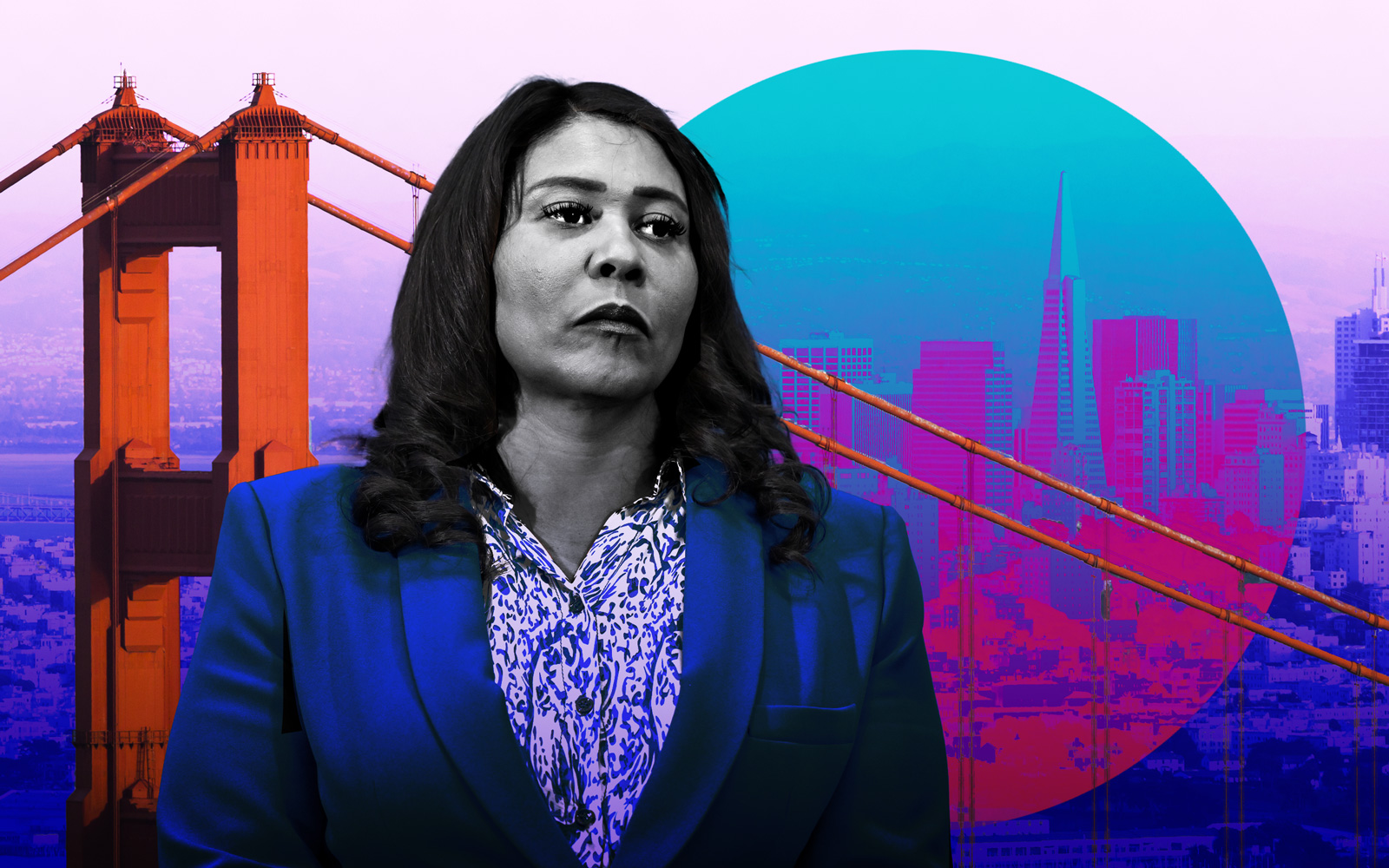A San Francisco politician has hatched one more plan to revitalize the city’s troubled Downtown: Bring in more college students.
Supervisor Ahsha Safaí wants the city to slash red tape and jettison fees to draw universities and their students to struggling Downtown neighborhoods, the San Francisco Chronicle reported.
“All world-class cities have universities located in their downtown(s),” Safaí told the newspaper. “Students not only like to study … they like to live and thrive and spend money.”
The proposal comes two months after Mayor London Breed asked local schools and colleges to fill the growing number of empty offices in Downtown. The city’s office vacancy rose this summer to a record high of 31.8 percent, according to CBRE.
A wave of college students could help fill up the city’s empty streets, storefronts and offices, backers say, with hotels turned into dorms, offices into classrooms and new urban village campuses that could breathe life into the Financial District and South of Market.
Safaí has proposed a “special use district” that would allow office landlords to change their primary use to higher education.
It’s meant to encourage universities to develop “institutional and student housing uses” and to create “clustered campuses” similar to New York University or Boston’s colleges.
The new district would stretch from Fifth Street to Beale Street in the Financial District, and from Market to Brannan streets in SoMa.
Under the proposal, schools would be allowed to use vacant offices for housing and classrooms, which would be exempt from streetscape, pedestrian upgrades and off-street parking requirements.
Safaí also proposes to waive development impact fees.
A state university would have the advantage of streamlined bureaucratic rules, as state agencies can conduct and approve their own environmental reviews, bypassing the city’s permitting morass and approval from its Board of Supervisors.
But if public and private universities were interested in developing Downtown campuses, it could take years for thousands of students to fill up the empty offices, experts told the Chronicle.
— Dana Bartholomew
Read more



